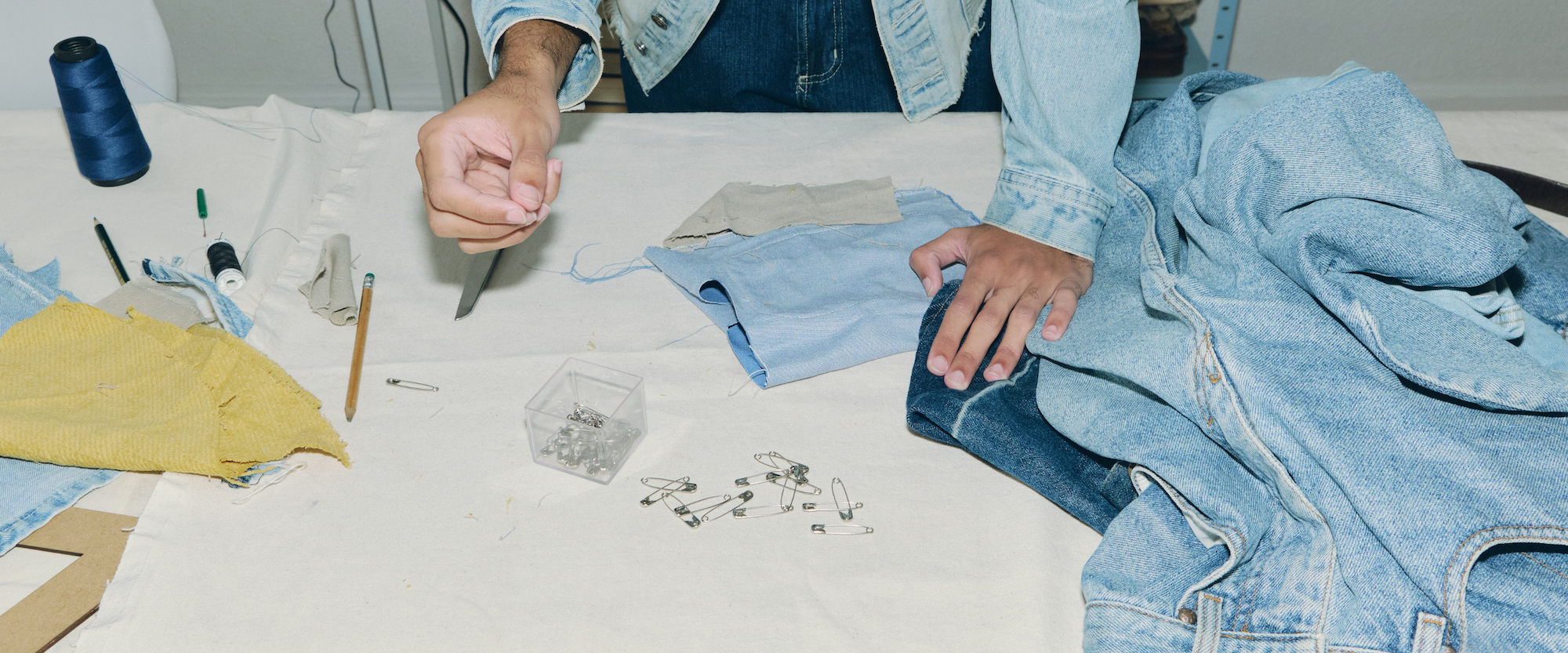In today’s fast-moving consumer market, too many products are designed for obsolescence. This creates unnecessary waste, drives up production costs, and limits customer loyalty. Circular design offers a smarter path—one that keeps materials in use longer, reduces waste, and delivers sustainable growth for businesses.
By embedding circular economy principles into your product development process, you can create offerings that are not only eco-friendly but also more profitable and competitive.
What Is Circular Design?
Circular design is the process of creating products with their entire lifecycle in mind. Instead of following the traditional “take, make, dispose” approach, circular design focuses on building products that can be repaired, reused, rented, refurbished, or recycled—keeping valuable materials in circulation.
This approach supports the circular economy by ensuring that resources are continuously cycled back into production, lowering environmental impact and increasing resource efficiency.
Core Circular Design Principles for Sustainable Product Development
- Design for Repair and Longevity
Build products with modular parts and accessible components so they can be repaired instead of replaced—extending their usable life and customer value. - Enable Rental or Leasing Models
Keep ownership of your products to ensure they are returned, refurbished, and reused multiple times. This creates recurring revenue and reduces waste. - Integrate Repair Services into Your Business Model
Offering repairs as part of the customer experience can reduce returns, lower costs, and strengthen loyalty. - Select Durable and Recyclable Materials
Choose materials that can handle repeated use and be recycled at the end of their life cycle to support sustainable manufacturing.
Why Circular Design Is Good for Business
Adopting circular product design is not just a sustainability choice—it’s a smart business strategy.
- Recurring Revenue Streams: Repair, return, rental, and subscription models create steady, predictable income.
- Customer Loyalty: Products that last build trust, which leads to repeat purchases.
- Cost Efficiency: Lower waste disposal fees and reduced return rates save money.
- Regulatory Readiness: With the EU’s upcoming Ecodesign for Sustainable Products Regulation, early adoption gives you a competitive edge.
Real-World Leaders in Circular Design
- Fairphone: Modular smartphones designed for easy repair and upgrade.
- Le Tote: Fashion rental service with built-in repair and cleaning.
- IKEA: Piloting modular furniture and encouraging product returns for refurbishing.
These companies prove that circular economy solutions are both sustainable and profitable.
Your Next Step: Build Your Business Case and Connect With Partners
At Circular Innovations, we help you build the business case for circular design—quantifying the financial, operational, and environmental benefits for your brand. Through our platform, you can connect with trusted circular solution providers who can support everything from product redesign to take-back systems, making your transition to circularity both profitable and practical.
Sign up here to start building a future-ready business.
Start designing for a future where products last longer, generate recurring value, and help your business lead in the circular economy.



.png)
